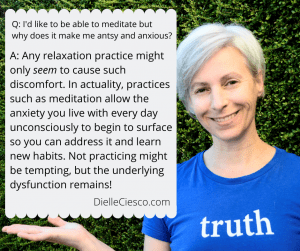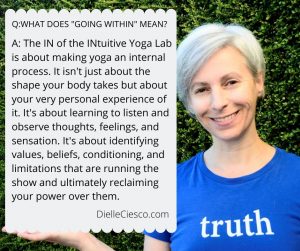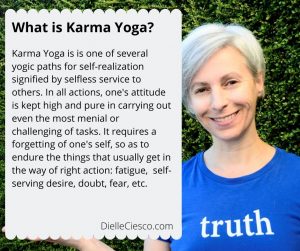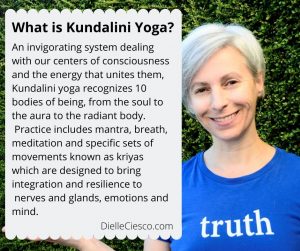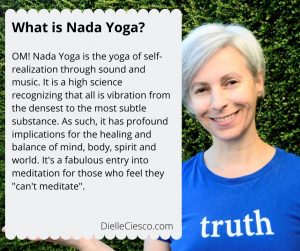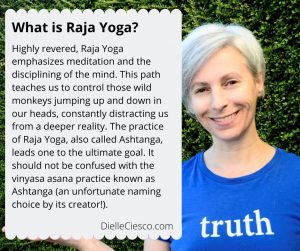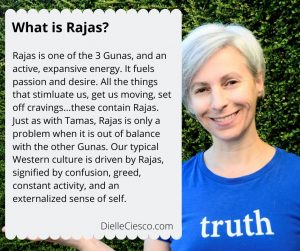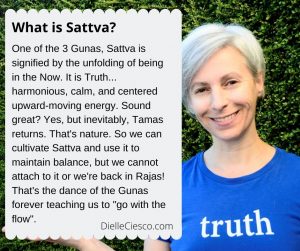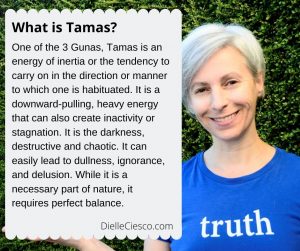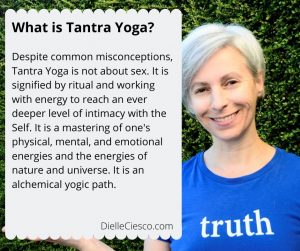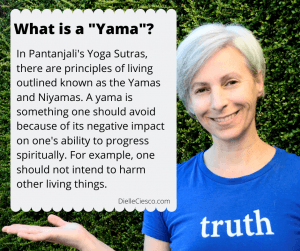Some Basic Yoga Terms
If you are new to yoga, you might not be familiar with some of the commonly used words that describe practice. Here are a few important concepts to help make your practice more meaningful:
Asana
When most people think of yoga, they think of the poses. Asana is the practice of yoga poses, but it isn’t even a fraction of true yoga. When one uses the word ‘yoga’ to describe a physical practice, what they are really describing is asana. Yoga actually has eight limbs, only one of which is asana or posture. Explaining each of the limbs is beyond the scope of this course, but they include things like concentration and meditaiton.
Centering (aka Going INward)
We spend lots of time during the day with our energy turned outwards, our five senses constantly processing colors, sounds, tastes, smells and external experience. Centering is about turning that attention back towards our…well…center. We feel ourselves again, in the moment, by quieting the mind, slowing the breath, and sensing our own inner experience of sensation.
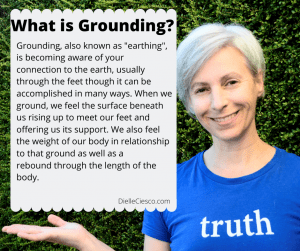 Grounding
Grounding
Grounding, also known as “earthing”, is becoming aware of your connection to the earth, usually through the feet though it can be accomplished in many ways. When we ground, we feel the surface beneath us rising up to meet our feet and offering us its support.
We also feel the weight of our body in relationship to that ground as well as a rebound through the length of the body. A tree is a great example to understand rebound. A tree’s roots grow deep into the earth, spreading wide. But above ground, the trees limbs reach ever upward toward the sky. When we ground and because of the ground, we feel both postural support throughout the body and space between each vertebra.
Pranayama
Prana is a Sanskrit term meaning “life force” or “breath”. Yama can be translated as “control”. Therefore, pranayama is often described as the practice of breath control. However, one can look at this from another perspective as Ayama is the opposite of control. Yoga anatomy author and educator, Leslie Kaminoff, refers to pranayama as the ‘unobstruction of the breath’.
I prefer this definition to the more traditional ‘breath control’ one because rather than thinking of the breath as something we need to control, breath is something we need to free and allow to flow (and grow) organically. Even if we are imposing some structure on the breath with retention or counting, we only do so from a relaxed, easy place. If we observe oursevles tightening or efforting around a practice, we return to a normal breath and relax before preceding. In this way, we don’t develop the bad habit of struggle. Rather, we give ourselves space and time to develop our relationship with breath.


